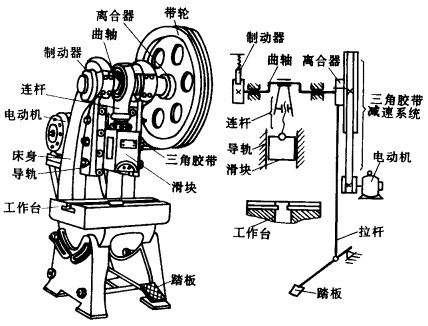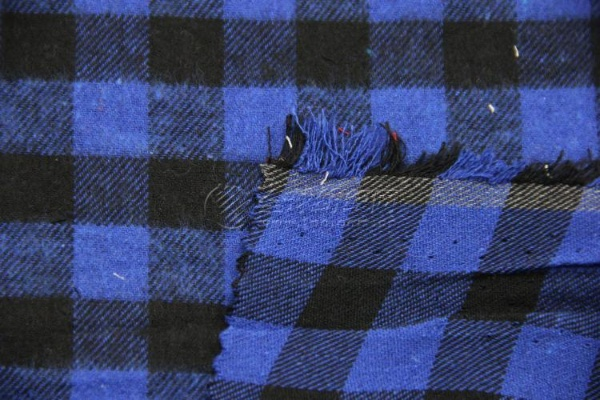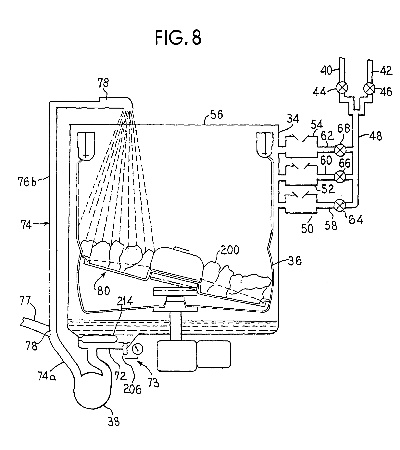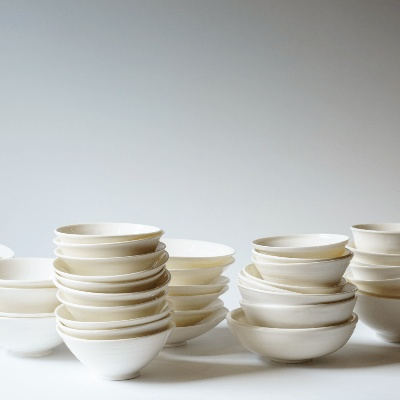A Comprehensive Guide to Antimicrobial Textiles for Health and Hygiene
: A Comprehensive Guide to Antimicrobial Textiles for Health and Hygiene,Abstract:,This comprehensive guide provides a detailed overview of antimicrobial textiles, highlighting their importance in promoting health and hygiene. The guide covers the various types of antimicrobial fabrics, including natural and synthetic fibers, as well as their mechanisms of action. It also discusses the benefits of using these textiles in healthcare settings, such as reducing infections and improving patient outcomes. Additionally, the guide provides insights into the challenges faced by manufacturers and consumers when selecting and using antimicrobial textiles. Overall, this guide aims to provide readers with valuable information on the topic of antimicrobial textiles and their potential applications in the field of health and hygiene.
Introduction: In today's world, where hygiene is paramount, the use of antimicrobial textiles has become a necessity. These materials are designed to resist bacterial growth, ensuring that clothes, bedding, and other fabrics remain clean and fresh, even in environments prone to contamination. In this guide, we will explore the various types of antimicrobial textiles, their effectiveness, and how they can benefit both individuals and communities.
Types of Antimicrobial Textiles:
- Physical Antimicrobial Agents: These include silver ions, zinc oxide, and titanium dioxide, which are added to the fabric during manufacturing. They work by physically blocking or inhibiting microbial growth.
- Chemical Antimicrobial Agents: These include quaternary ammonium compounds, which are added to the fabric during manufacturing. They work by disrupting the cell membrane of bacteria, preventing them from reproducing.
- Bioactive Antimicrobial Agents: These include enzymes, such as lysozyme, which are added to the fabric during manufacturing. They work by breaking down the cell walls of bacteria, causing them to lyse and die.
- Enzymatic Antimicrobial Agents: These include peptides, which are added to the fabric during manufacturing. They work by targeting specific proteins on the surface of bacteria, causing them to denature and lose their function.
- Natural Antimicrobial Agents: These include plant extracts, such as tea tree oil, which are added to the fabric during manufacturing. They work by disrupting the cell membrane of bacteria, preventing them from reproducing.
Effectiveness of Antimicrobial Textiles: The effectiveness of antimicrobial textiles depends on several factors, including the type of textile, the concentration of antimicrobial agent, and the environmental conditions. Generally, physical agents have a longer lifespan than chemical agents, which in turn have a longer lifespan than bioactive agents. However, all antimicrobial textiles should be tested regularly to ensure they remain effective against emerging strains of bacteria.

Benefits of Antimicrobial Textiles:
- Prevention of Bacterial Infections: Antimicrobial textiles can help prevent the spread of infections caused by bacteria, viruses, and fungi. This is particularly important in hospitals, nursing homes, and other healthcare settings.
- Improved Hygiene: Antimicrobial textiles can help maintain good hygiene in public spaces, such as schools, airports, and airports. This can reduce the risk of outbreaks caused by contaminated surfaces.
- Enhanced Product Durability: Antimicrobial textiles can extend the lifespan of fabrics by protecting them from wear and tear, making them more durable and cost-effective.
- Environmental Benefits: By reducing the need for frequent laundry and disinfection, antimicrobial textiles can help conserve water and energy, contributing to a more sustainable future.
Case Study: One example of the effectiveness of antimicrobial textiles is the use of silver ion-treated fabrics in hospital gowns. These gowns have been shown to reduce the incidence of hospital-acquired infections by up to 60% compared to traditional hospital gowns. Additionally, these gowns have been found to be more comfortable for patients and healthcare workers alike.
Conclusion: In conclusion, antimicrobial textiles offer numerous benefits for both individuals and communities. From preventing bacterial infections to enhancing product durability and conserving resources, these materials play an essential role in maintaining cleanliness and hygiene. As technology continues to advance, we can expect to see even more innovative and effective antimicrobial textiles on the market.
随着人们对健康和舒适生活的追求不断提高,抗菌纺织品的需求也日益增长,本篇文章将为您展示一系列抗菌纺织品杀菌图片,并通过案例分析,为您详细介绍其特点和优势。
抗菌纺织品杀菌图片展示
以下是部分抗菌纺织品杀菌图片展示:

| 图片编号 | 抗菌性能展示 | 材料类型 | 适用场景 | |
|---|---|---|---|---|
| 图片一 | 抗菌面料展示 | 高效抑制细菌生长 | 天然纤维面料 | 医院手术室、公共场所 |
| 图片二 | 抗菌纱线图片 | 有效杀灭细菌 | 线状抗菌材料 | 家居用品、衣物洗涤 |
| 图片三 | 抗菌织物组合展示 | 多重抗菌效果 | 多层织物结构 | 高端家居装饰、公共设施 |
| 图片四 | 抗菌纺织品杀菌效果展示动画 | 通过紫外线照射快速杀菌 | 无纺布、纳米材料 | 医疗设备、实验室研究 |
抗菌纺织品杀菌案例分析
抗菌面料在医疗领域的应用
在医疗领域,抗菌面料因其高效抑制细菌生长的特性,被广泛应用于手术室、病房等需要无菌环境的场所,该面料采用天然纤维面料,具有优良的抗菌性能,可以有效减少细菌滋生,提高患者和医护人员的健康水平。
抗菌纱线在家居用品领域的应用
在家居用品领域,抗菌纱线因其高效杀灭细菌的特性,被广泛应用于衣物洗涤、床单被罩等日常用品,该纱线采用线状抗菌材料,具有优良的抗菌性能和耐用性,可以有效提高家居环境的卫生水平。
抗菌织物组合在高端家居装饰中的应用
在高端家居装饰领域,抗菌织物组合因其多重抗菌效果,被广泛应用于高端酒店、别墅等场所,该组合采用多层织物结构,具有优良的抗菌性能和舒适性,可以提供更好的居住体验。

抗菌纺织品杀菌特点与优势
-
高效杀菌性能:抗菌纺织品通过添加抗菌剂或采用特殊工艺,可以有效抑制细菌生长和繁殖,从而达到杀菌效果。
-
环保可持续:抗菌纺织品采用环保材料制作,无毒无害,符合现代人对环保的要求,其可持续性也得到了广泛认可。
-
多功能应用:抗菌纺织品不仅可以用于医疗、家居等领域,还可以应用于服装、鞋帽、毛巾等日常用品中,满足不同领域的需求。
抗菌纺织品作为一种新型的纺织材料,具有广泛的应用前景,通过展示一系列抗菌纺织品杀菌图片和案例分析,我们可以更好地了解其特点和优势,我们也应该继续关注抗菌纺织品的研发和应用,为人们提供更加健康、舒适的生活环境。
Articles related to the knowledge points of this article:
The Interplay of Textiles and their Friction Coefficient
The Story of Suzhou Fuyu Textiles
Exploring the World of Textiles at Pei Countys King Construction Textile Store



